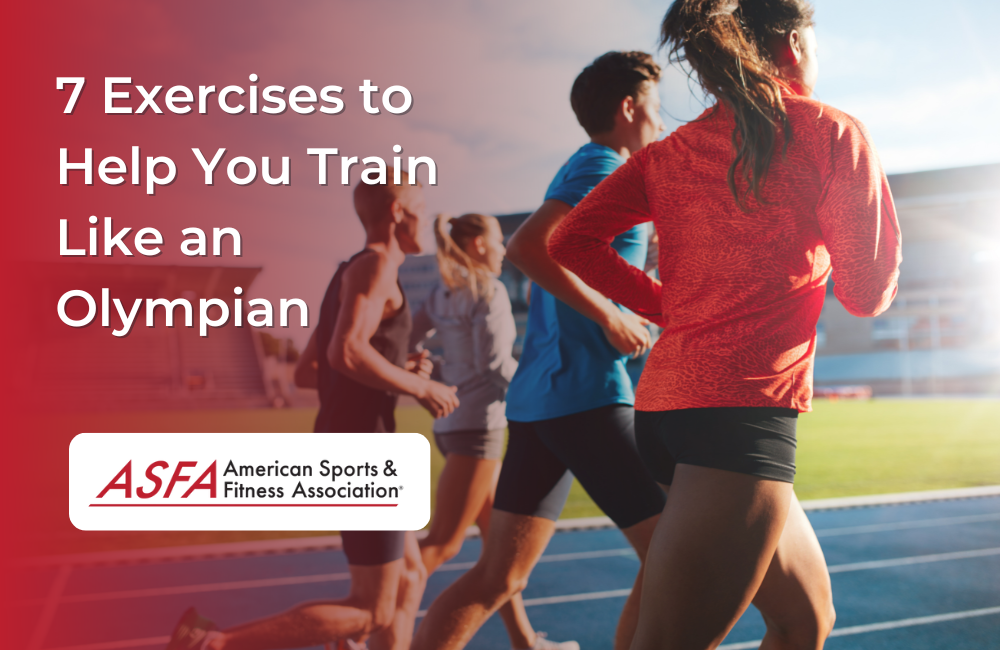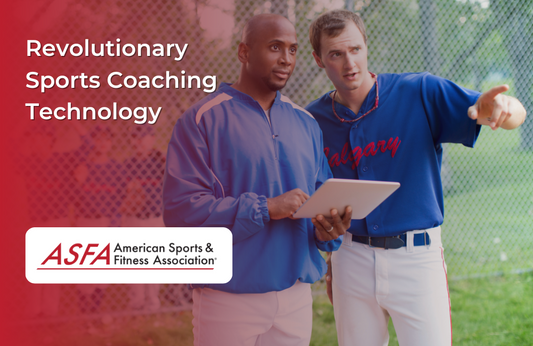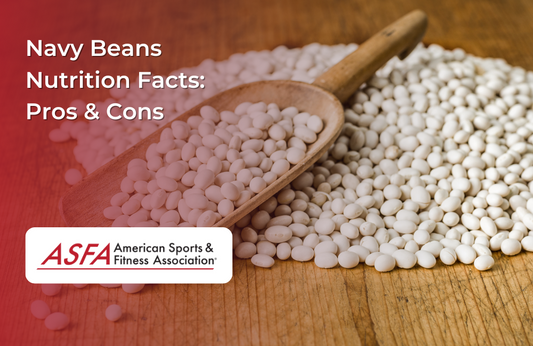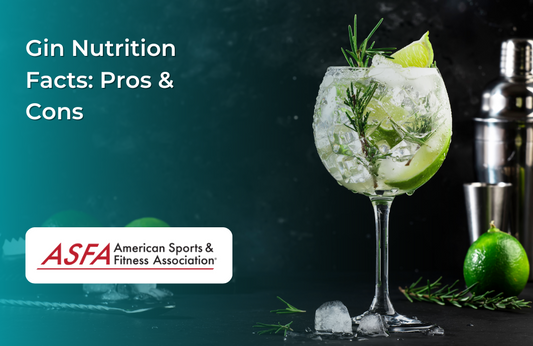If you’re looking to elevate your core strength and power to new heights, incorporating these seven exercises into your training regimen can help you achieve results akin to those of elite athletes. It’s also crucial to recognize the importance of mental health in training like an Olympian. These exercises are an essential component of an Olympian’s training routine, bridging the gap between physical conditioning and strength training. While natural talent plays a role in achieving such results, consistent and dedicated training is equally important. Rooted in the principles of strength, stability, and explosive power, they are designed to build a formidable core. Not only will they help you reach your own health and fitness goals, but they will also enhance your overall athletic performance. Let’s dive into how you can train like an Olympian!
Understanding how to train for the Olympics involves a rigorous commitment to daily routines that focus on both physical and mental preparation.
Introduction
Training like an Olympian requires a deep understanding of the principles and methods that elite athletes use to achieve success. Olympic athletes are known for their dedication, hard work, and attention to detail, and their training regimens are designed to push them to their limits. In this article, we’ll explore the key components of an Olympian’s workout, including high-intensity interval training, strength and conditioning, and agility and speed training. By incorporating these elements into your own routine, you can elevate your fitness and performance to new heights, just like the athletes who compete at the Olympic Games.
Understanding Olympic Athletes
Olympic athletes are a unique breed, with a combination of natural talent, dedication, and hard work that sets them apart from the rest. To train like an Olympian, you need to understand what drives them and how they approach their training. Olympic athletes are focused on performance, not physique, and they prioritize their training sessions above all else. They also have a strong support network, including coaches, trainers, and teammates, who help them stay motivated and focused. This unwavering commitment to their sport and their training is what enables them to achieve extraordinary feats on the world stage.
High-Intensity Interval Training
High-intensity interval training (HIIT) is a key component of an Olympian’s workout. This type of training involves short bursts of high-intensity exercise followed by brief periods of rest. HIIT is designed to push the body to its limits, improving cardiovascular fitness, increasing speed and agility, and boosting endurance. Olympic athletes use HIIT to simulate the demands of their sport, whether it’s sprinting, distance running, or team sports like soccer or basketball. By incorporating HIIT into your own training, you can enhance your overall fitness and prepare your body to perform at its best, just like the athletes who compete at the highest levels.
Strength and Conditioning for Olympic Athletes
Strength and conditioning are essential components of an Olympian’s training regimen. Olympic athletes need to be strong, powerful, and resilient to perform at their best, and they use a variety of exercises and techniques to build their strength and endurance. This includes weightlifting, plyometrics, and resistance band training, as well as exercises that target specific muscle groups, such as the core, legs, and upper body. Strength and conditioning training also helps Olympic athletes prevent injuries and recover from intense training sessions. By incorporating these exercises into your own routine, you can build the strength and resilience needed to excel in your sport and achieve your fitness goals.
Agility and Speed Training
Agility and speed training are critical components of an Olympian’s workout. Olympic athletes need to be quick, agile, and responsive to succeed in their sport, and they use a variety of drills and exercises to improve their speed and agility. This includes shuttle runs, cone drills, and ladder exercises, as well as plyometric training and resistance band exercises. Agility and speed training also helps Olympic athletes develop their reaction time and coordination, allowing them to respond quickly to changing situations on the field or track. By incorporating these drills into your own training, you can enhance your agility and speed, giving you a competitive edge in your sport.
The Plank for Serious Training
The plank is a cornerstone exercise for building core strength and stability. It’s a key component in strength training routines, providing a full-body workout that demands balance, control, and mental focus skills.
-
How to Perform: Start by getting into a pushup position with your hands directly under your shoulders and your legs extended straight behind you. Keep your body in a straight line from head to heels, engaging your core and glutes to maintain this alignment. Hold this position for as long as possible, aiming for at least one minute.
-
Benefits: The plank engages your entire core, including the abs, obliques, back, glutes, and hamstrings. Regularly performing planks can improve your posture, enhance balance and coordination, and reduce the risk of back pain by strengthening the muscles that support your spine. Incorporating jump roping into your routine can further enhance your conditioning, allowing you to focus on your skills without the distraction of fatigue.
2) The Side Plank
The side plank is a variation of the standard plank that focuses on the muscles along the sides of your body, particularly the obliques.
-
How to Perform: Lie on your right side with your legs extended and stacked on top of each other. Prop yourself up on your right elbow, ensuring your shoulder is directly above your elbow. Lift your hips off the ground, forming a straight line from your head to your feet. Hold for 30 seconds, then switch sides.
-
Benefits: The side plank strengthens the obliques, hip abductors, and gluteus medius, which are essential for maintaining stability and balance during athletic activities. This exercise also contributes to overall physical conditioning, improved posture, and can help alleviate lower back pain. Incorporating the side plank into your Olympian workout can help you achieve peak performance by building muscle and increasing strength.
3) The Russian Twist
The Russian twist is a dynamic exercise that targets the obliques and helps build rotational strength, which is crucial for sports that require twisting motions.
-
How to Perform: Sit on the floor with your knees bent and feet flat. Lean back slightly to engage your core, keeping your back straight. Hold a weight or medicine ball with both hands, and rotate your torso from side to side, touching the weight to the floor on each side. Keep your core engaged and your movements controlled.
-
Benefits: The Russian twist is excellent for developing core strength, particularly in the obliques. It also enhances rotational power, which is vital for activities like throwing, swinging, or turning. This exercise can improve your overall core stability and athletic performance. Incorporating the Russian twist into your regular training sessions can significantly boost your rotational strength and core stability.
4) The Pilates Scissor
The Pilates scissor is a challenging exercise that targets the lower abdominal muscles, promoting core strength and flexibility.
-
How to Perform: Lie on your back with your legs extended straight up toward the ceiling. Lift your head, neck, and shoulders off the ground, and place your hands behind one thigh while lowering the opposite leg toward the floor. Alternate your legs in a scissor motion, keeping your core engaged and your lower back pressed into the ground.
-
Benefits: The Pilates scissor strengthens the lower abs, hip flexors, and improves core stability. It also enhances flexibility in the hamstrings and lower back, contributing to better overall movement mechanics and reducing the risk of injury. This exercise can be effectively incorporated into gym workouts to enhance the intensity and structure of your training sessions. Athletes from Team GB often incorporate the Pilates scissor into their routines to enhance their core strength and flexibility, preparing them for the intense demands of competition.
5) The Reverse Crunch
The reverse crunch is a highly effective exercise for targeting and stretching the lower abs, helping to build a strong, defined core.
-
How to Perform: Lie on your back with your knees bent and feet flat on the ground. Engage your core and lift your hips off the ground, bringing your knees toward your chest. Slowly lower your hips back down, but do not let your feet touch the ground between repetitions.
-
Benefits: Most athletes incorporate the reverse crunch into their routines as it specifically targets the lower abdominal muscles, helping to improve core strength and stability. This exercise also enhances overall body control and coordination, making it a valuable addition to any core workout routine.
6) The Seated Russian Twist
The seated Russian twist is another powerful exercise for building core strength, particularly in the obliques and lower back.
-
How to Perform: Sit on the floor with your legs bent and feet lifted off the ground. Hold a weight or medicine ball with both hands and lean back slightly. Rotate your torso to the right, then to the left, keeping your core engaged and your back straight throughout the movement.
-
Benefits: The seated Russian twist improves rotational strength and stability, which are essential for many sports and daily activities. It also helps enhance balance, coordination, and overall core strength, making it an excellent exercise for developing a powerful midsection. Including the seated Russian twist in your training schedule can ensure consistent practice and help achieve peak performance.
7) The Superman
The Superman exercise targets the lower back, glutes, and hamstrings, helping the athlete to build a strong posterior chain.
-
How to Perform: Lie face down on the ground with your arms extended in front of you and legs straight. Simultaneously lift your arms, chest, and legs off the ground, keeping your neck in a neutral position. Squeeze your glutes and lower back muscles as you hold the position for 10-15 seconds before lowering back down.
-
Benefits: The Superman exercise strengthens the muscles of the lower back, glutes, and hamstrings, which are critical for maintaining good posture and preventing lower back injuries. This exercise also improves overall core stability and can be modified to suit different fitness levels. A personal trainer can help ensure you perform the Superman exercise correctly, maximizing its benefits and reducing the risk of injury.
Conclusion
Incorporating these seven exercises into your training regimen can help you develop the core strength, stability, and power necessary to train like an Olympian. Olympic athletes dedicate extensive hours to training and make significant personal sacrifices from a young age to achieve success on the world stage. Each exercise targets different aspects of your core, ensuring a well-rounded approach to building strength and enhancing athletic performance. The rigorous training routines and mental preparation of Olympic athletes profoundly impact their own lives, often leading to mental health struggles due to the immense pressure and expectations. By consistently working on these exercises, you'll not only improve your physical capabilities but also build a solid foundation for success in any other sport or athletic endeavor. Start training like an Olympian today and experience the difference in your strength, power, and overall fitness, potentially paving the way to achieving gold medals in Olympic events!





